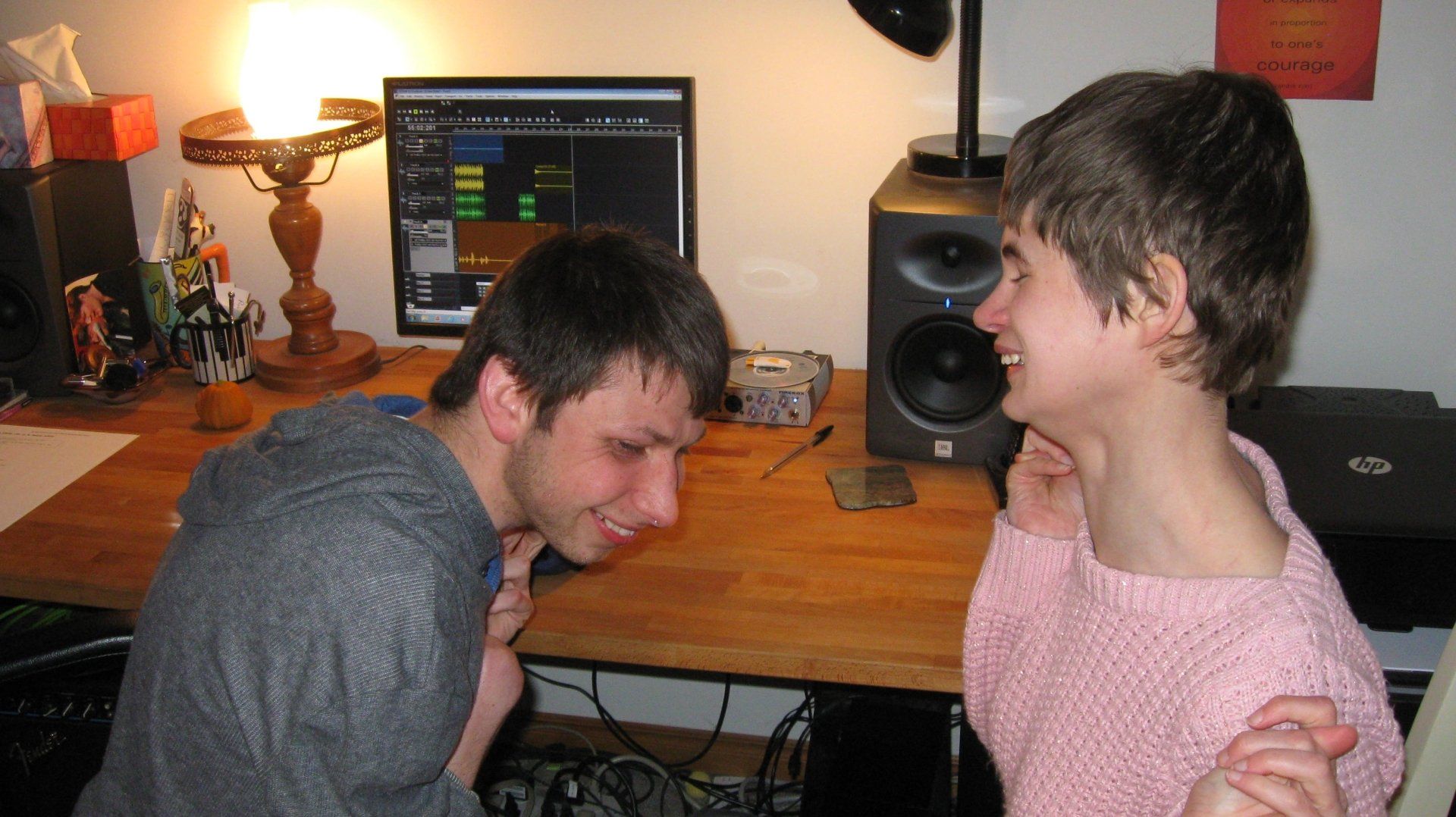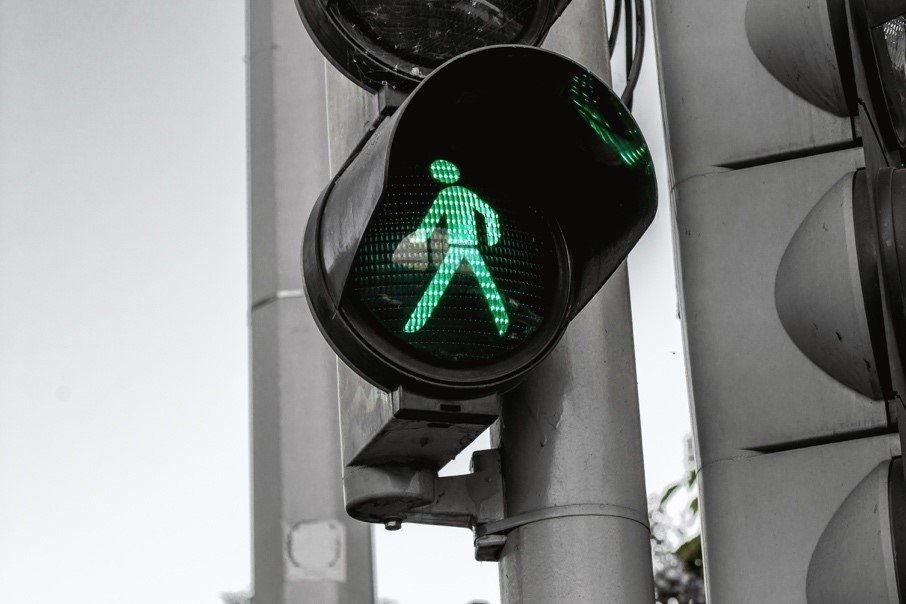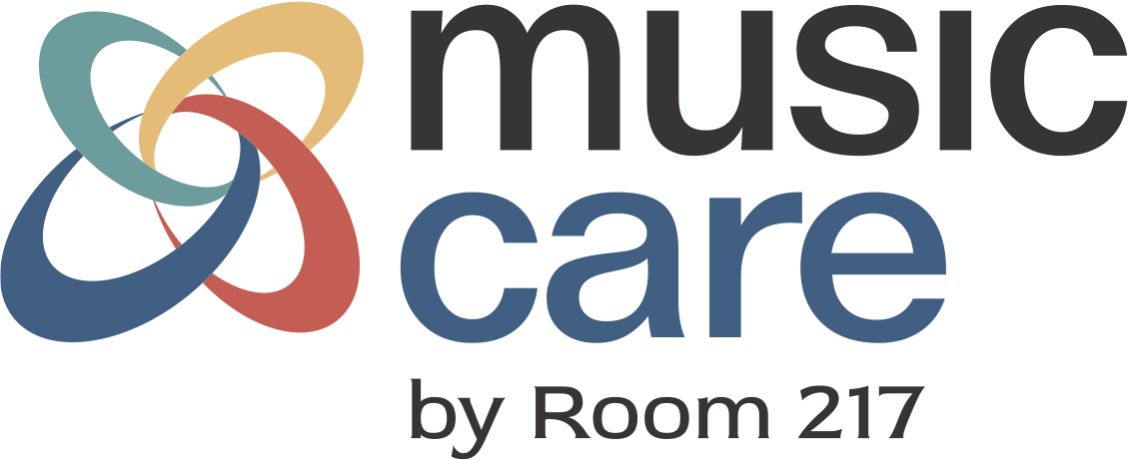Rehabilitation
MUSIC CARE WEBINARS
Blogs



Articles
Clair, A.A., Lyons, K.E., & Hamburg, J. (2012). A feasibility study of the effects of music and movement on physical function, quality of life, depression, and anxiety in patients with Parkison Disease. Music and Medicine, 4(1), 49-55.
Furioso, M., (2002). The effect of group music therapy on coping, psychosocial adjustment and quality of life for women with breast cancer. Michigan State University, Master of Music Thesis
Metzner, S. (2012). A polyphony of dimensions: Music, pain, and aesthetic perception. Music and Medicine, 4(3), 163-170.
Spintge, R.K.W. (1989). The anxiolytic effects of music. In M.H.M. Lee (Ed.), Rehabilitation, music and human well-being (pp.82-97). St. Louis, MO:MMB Music Inc.
Standley, J., (1992). Clinical applications of music and chemotherapy: the effects on nausea and emisis. American Music Therapy Association Perspectives 10: 27-35
Thaut, M.H. et al. (1996). Rhythmic auditory stimulation in gait training with Parkinson’s disease patients. Movement Disorders, 11, 193-200.
White, J.M. (1992). Music therapy: an intervention to reduce anxiety in the myocardial infarction patient. Clinical Nursing Specialties, 6:2:58-63
Zimmerman, L. et al. (1996). The effects of music interventions on postoperative pain and sleep in coronary artery bypass graft patients. Scholarly Inquiry for Nursing Practice, 10(2), 153-174
Books
Aldridge, D. (Eds.). (2005). Music therapy and neurological rehabilitation: Performing health. London, UK: Jessica Kingsley Publishers.
Berger, D.S. (2002). Music therapy, sensory integration and the autistic child. London, UK: Jessica Kingsley Publishers.
Campbell, D. (2001). The Mozart effect. New York, NY: HarperCollins Publishers Inc.
Miller, E.B. (2011). Bio-guided music therapy: A practitioner's guide to the clinical integration of music and biofeedback. London, UK: Jessica Kingsley Publishers.
Thaut, M., (2005). Rhythm, music and the brain: Scientific foundations and clinical applications. New York, NY: Routledge.
Links
Age Comfort
www.agecomfort.org
AgeComfort.com is Canada's premier online source for Comfort Products! Our growing line of comfort products includes Daily Living Aids, Mobility Aids, Incontinence, Vitamins & Supplements and Health Care Products.
Alberta Therapeutic Recreation Association
www.alberta-tr.org
ALS Society of Canada
www.als.ca
The Heart and Stroke Foundation
www.heartandstroke.ca
The Parkinson Society Canada
www.parkinson.ca




